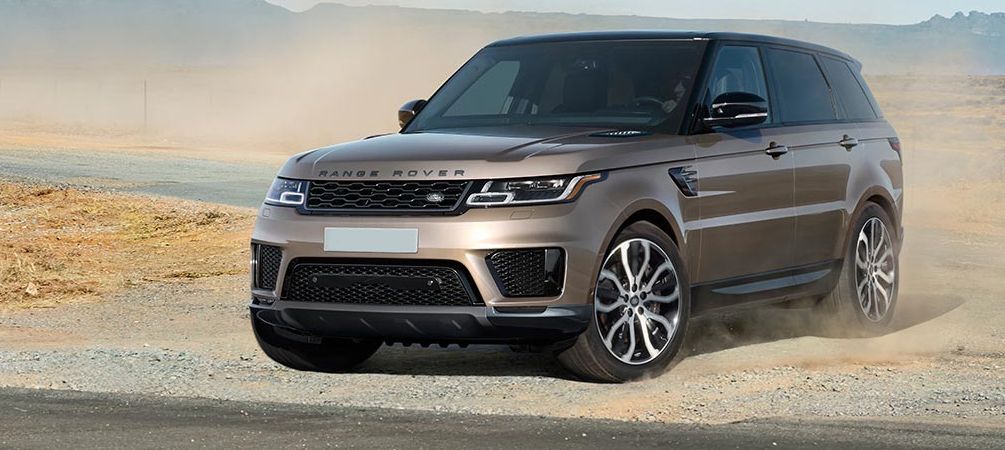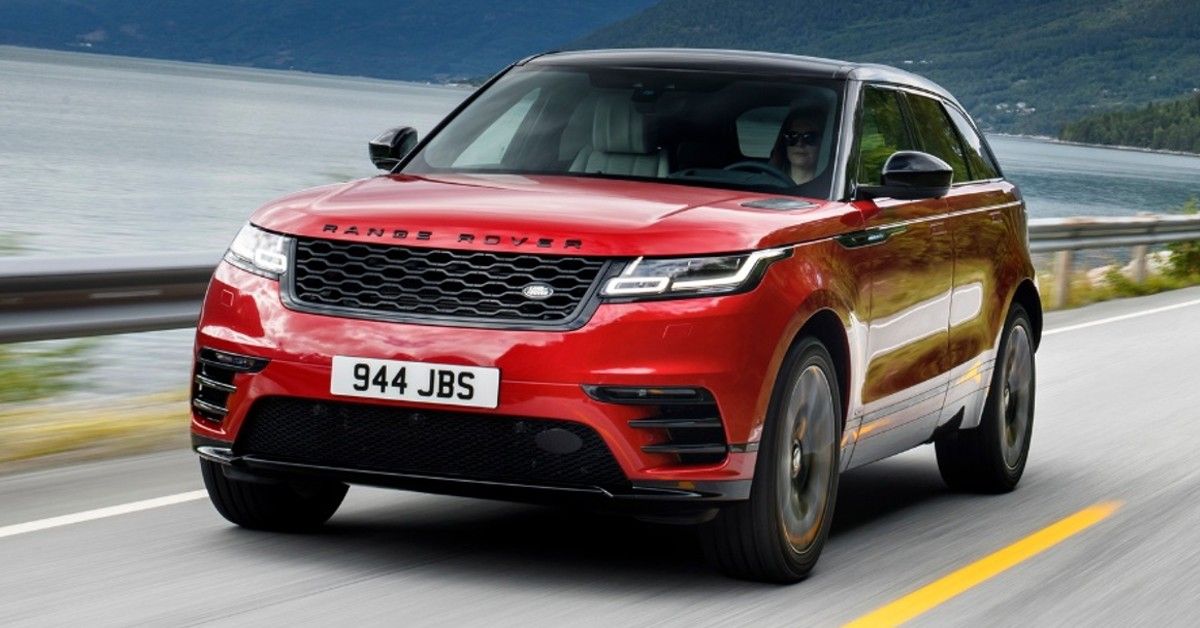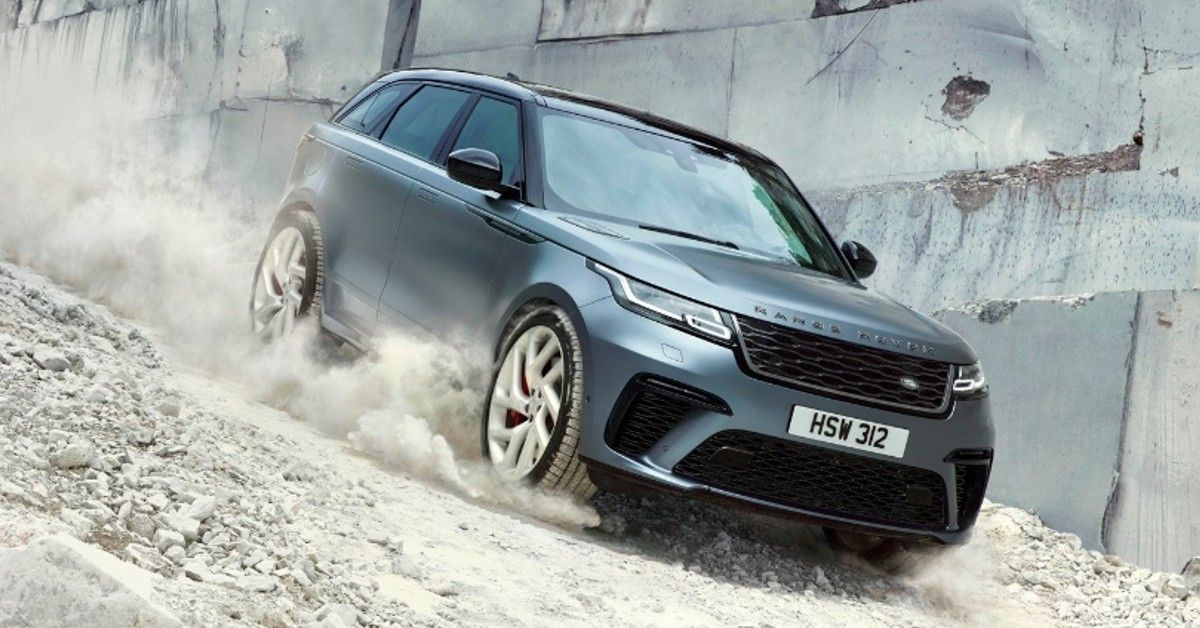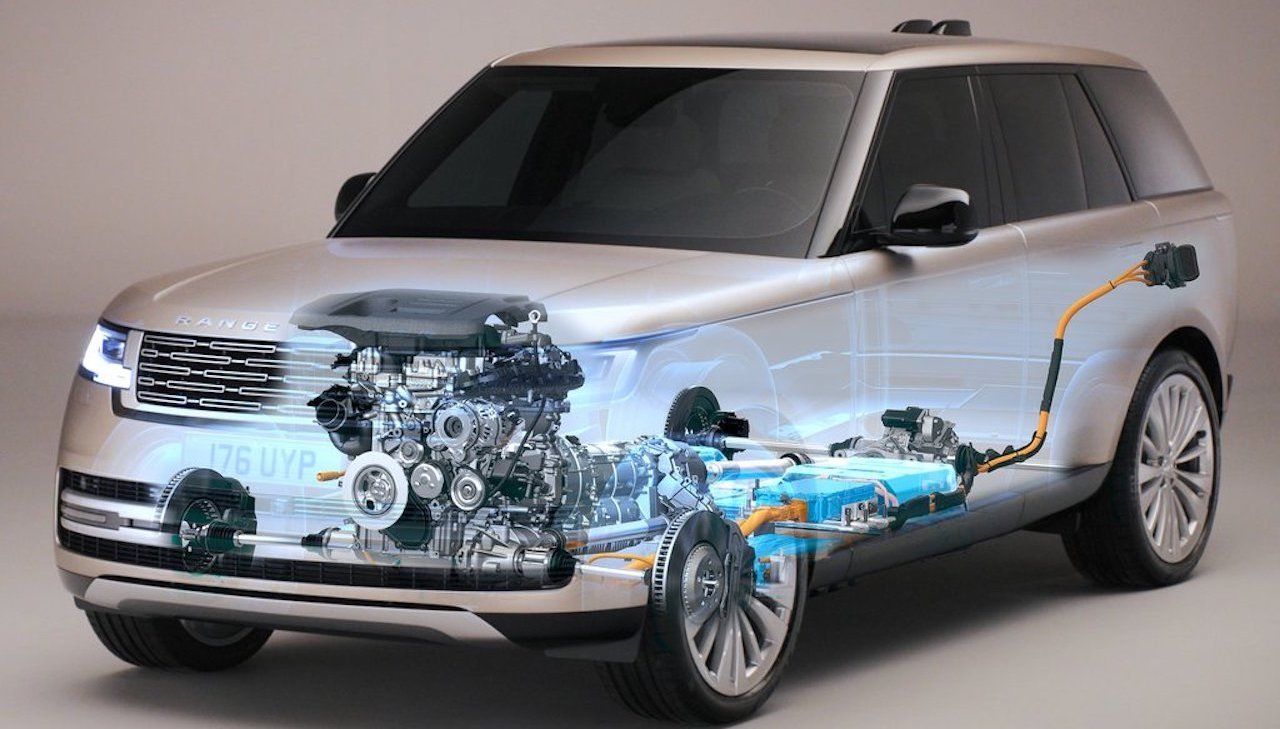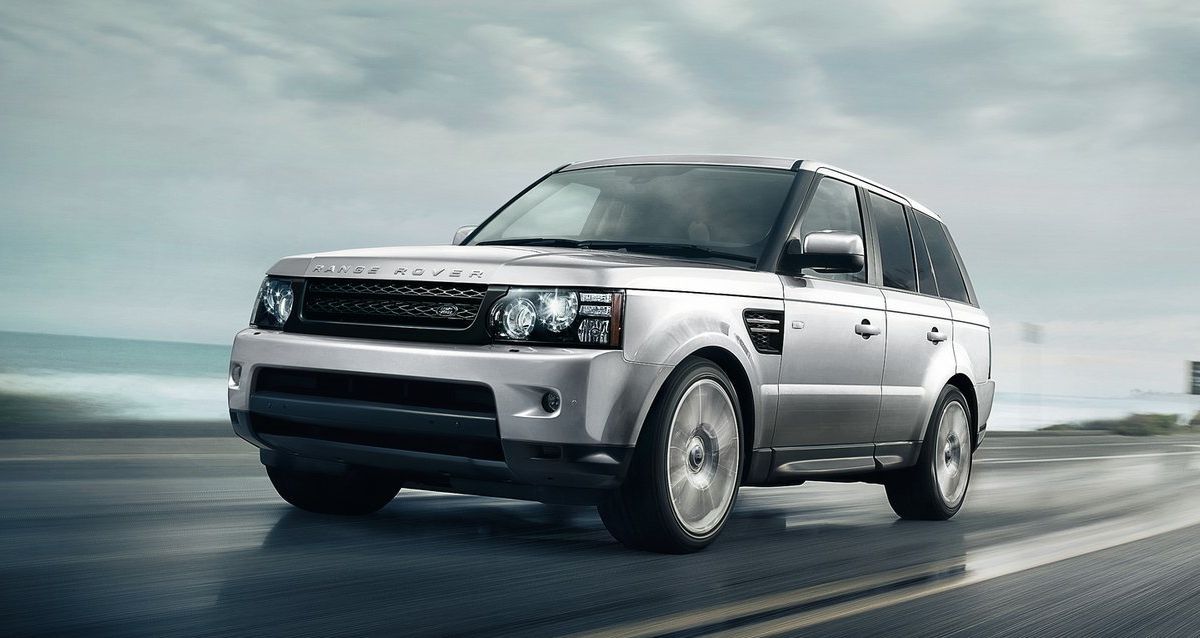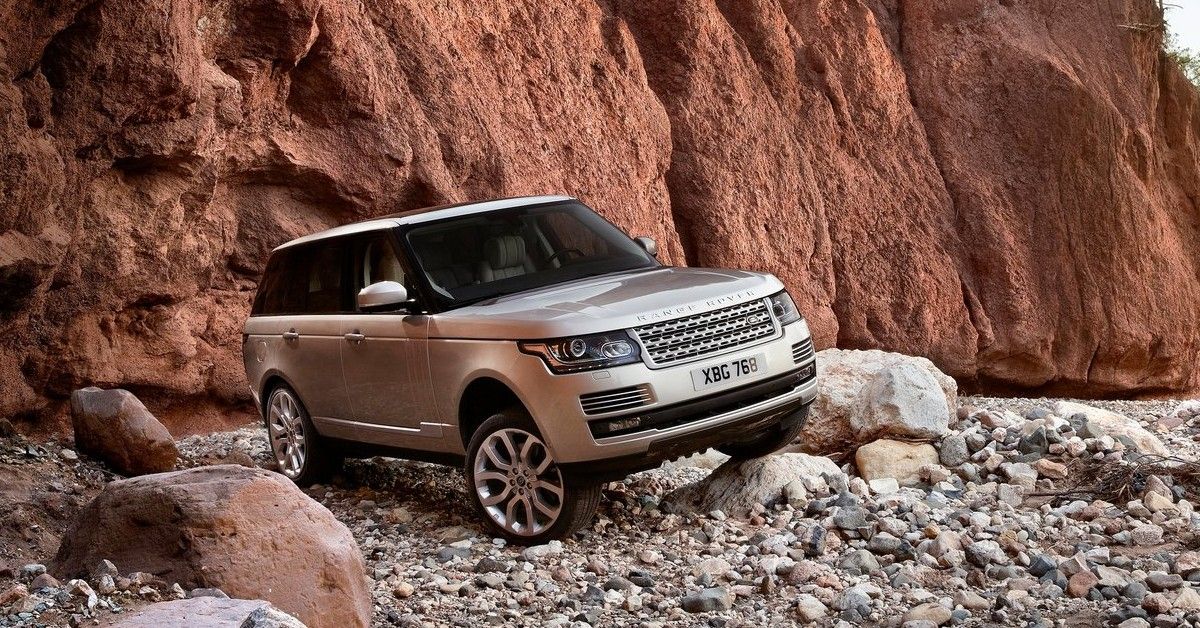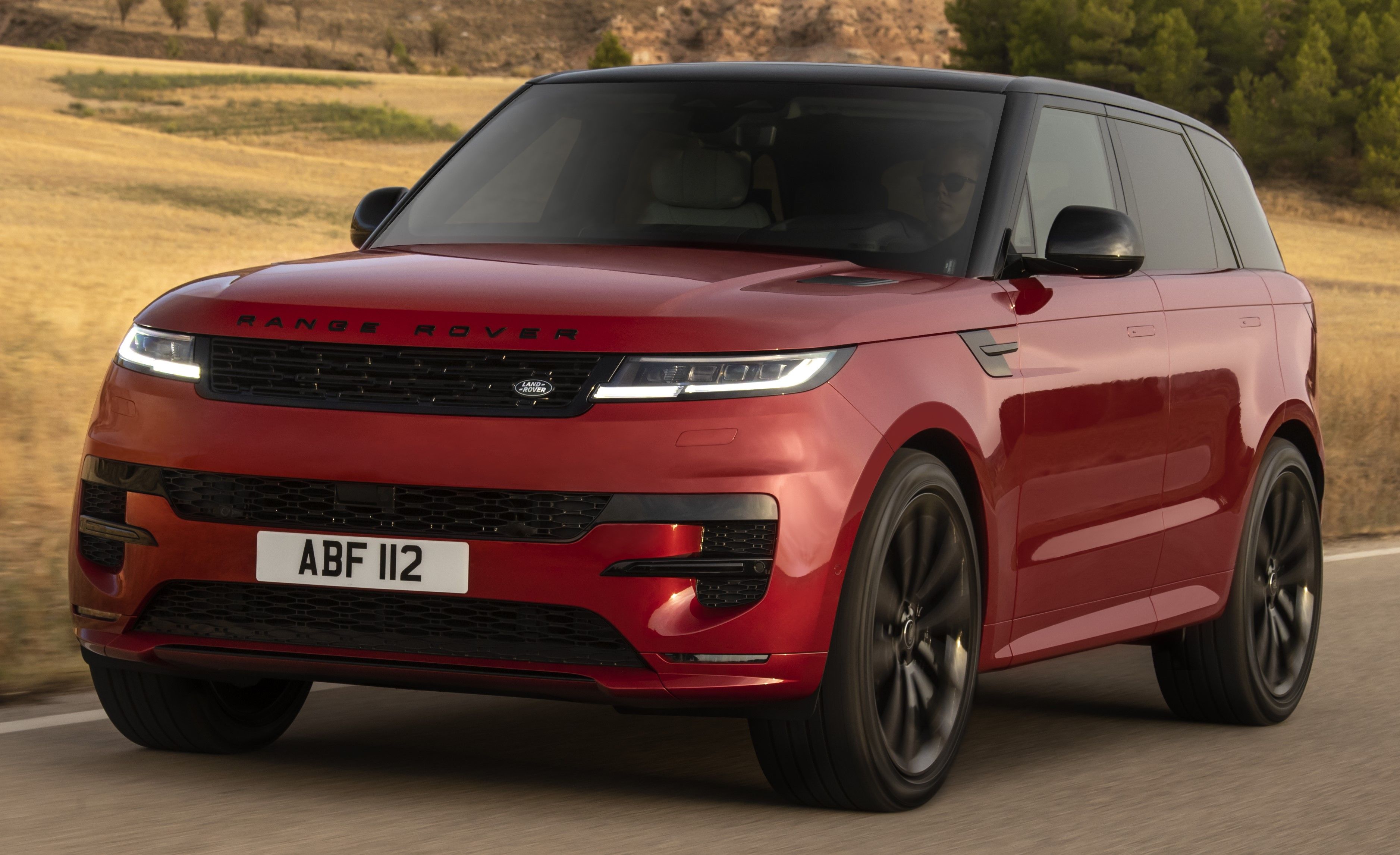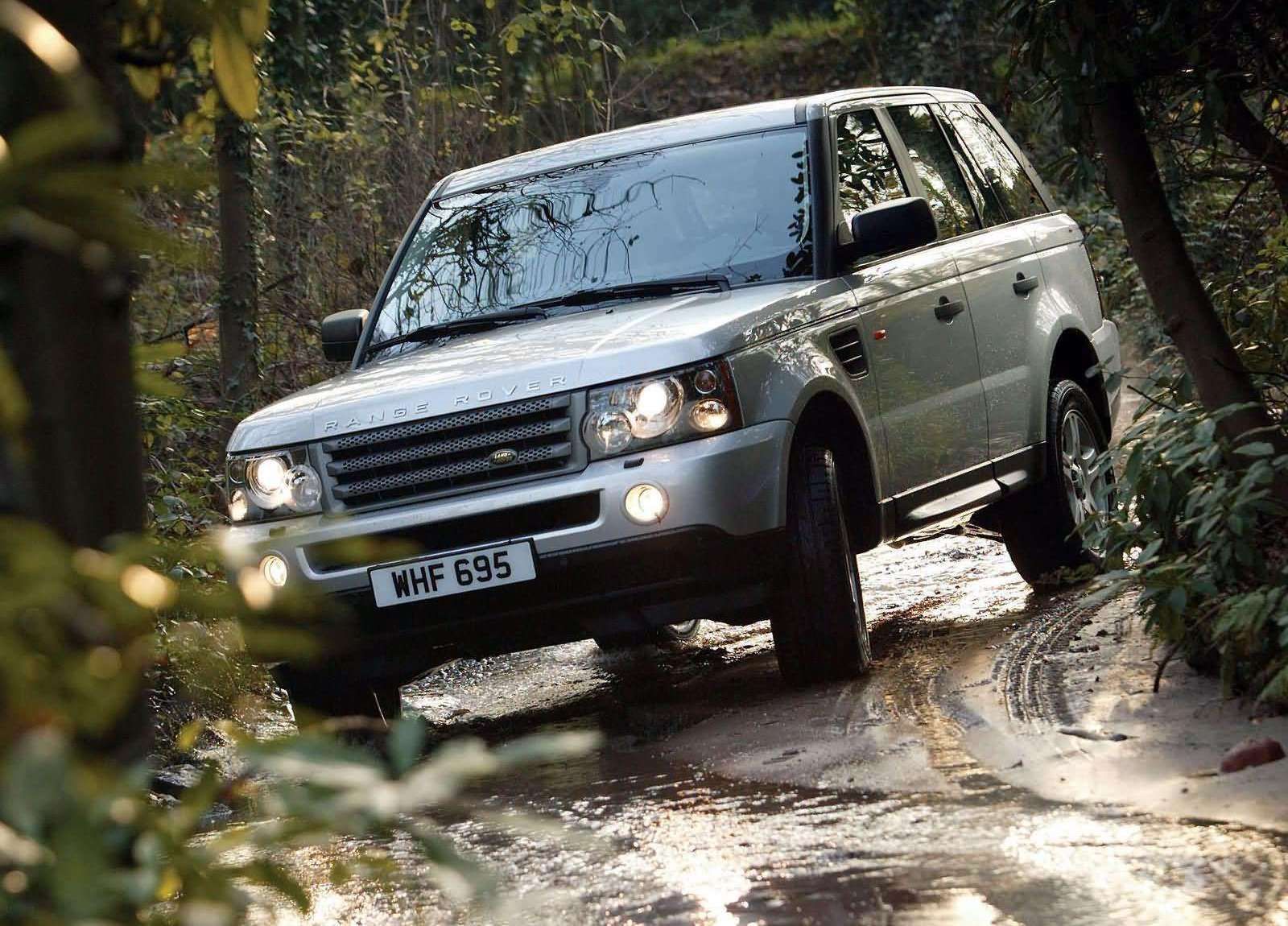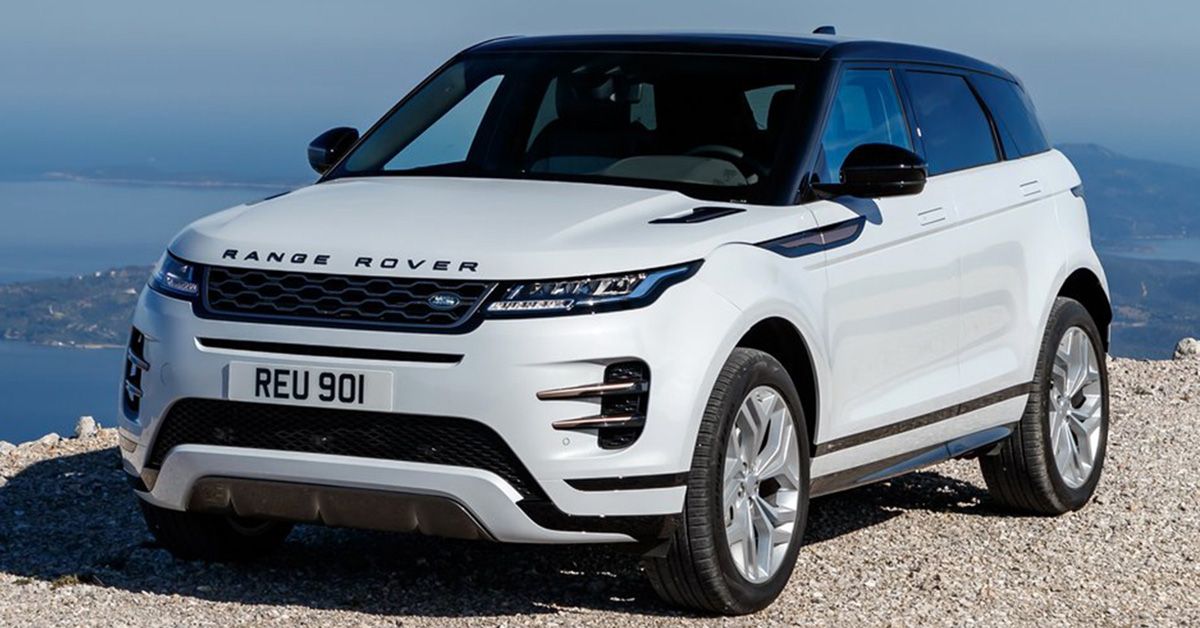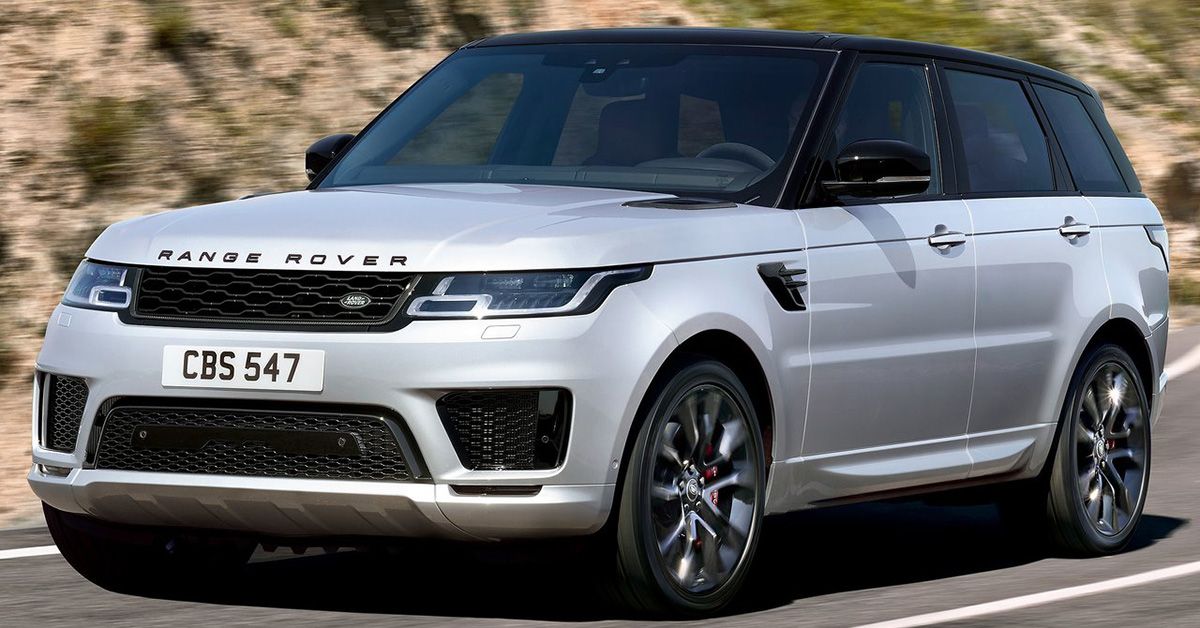Range Rover is among the brands that sit at the top of the luxury SUV tree. There may be more expensive or faster SUV alternatives, but the Range Rover has powerful kudos compared to its rivals. The popular Lamborghini Urus doesn't have the class, while a BMW X5 isn't as capable off-road. The latest Range Rover models, including the base Range Rover and Range Rover Sport, perfectly blend a handsome, modern design with Range Rover's renowned off-road capabilities.
Where prestige is concerned, the Range Rover delivers in spades. Yet, for all of its class, pomp, and social standing, it still has a poor reputation for reliability and build quality. Those looking to venture off the beaten track and make a return journey are better off jumping into the rapidly appreciating Toyota Land Cruiser.
Updated June 2023: The Range Rover is an iconic nameplate, one of the most alluring, luxurious, off-road-ready SUVs money can buy. However, Range Rover is also synonymous with poor reliability and build quality in some cases. Here's an updated list of the most common problems plaguing Range Rovers.
Thanks to Land Rover's vision for the brand, Range Rover ownership is an itch that needs scratching for many. The allure of the big, comfortable SUV weighs too heavily on them. Plus, the very sight of one parked in their driveway will elevate their social standing. So, for those looking to dip a toe into the murky pond of prestige SUV ownership, remember these most common problems on Range Rovers.
13 Suspension Woes
A Range Rover has clever air suspension. It provides an incredible ride quality, far superior to conventional springs. This system also helps to increase or reduce the vehicle's height for easier access and to tackle off-road obstacles. However, it also fails all too often, leaving the driver stranded or with a jarring, uncomfortable ride. The air suspension features air struts made with flexible rubber and is prone to punctures, cracking, or rotting. Most of them wear out at the same rate, meaning that once you replace one, chances are you'll need to replace the remaining three soon.
Different parts, like the compressor pumps and control units, can fail. The whole system also often leaks. A Range Rover won't rise or drive far without any air in its suspension. Besides this, the suspension bushes are weak, with some parts needing replacement before expected.
12 An Indifferent Differential
One of the reasons people choose Range Rovers is that they are fantastic off-road. This is a luxury SUV that will cross rivers, climb mountains and cross snow-covered fields. This is all down to its sophisticated drive system, but that also suffers from issues. One common problem is with the differential unit. Some owners have replaced the rear differential with less than 40,000 miles of no extreme driving.
Another common problem that arises due to oil starvation is the differential whine. If untreated, the gears can grind, shed teeth or seize. Draining the fluid will usually give a good indication of the condition. A glittery appearance usually means contaminated oil. A replacement unit is not cheap.
11 Major Engine Issues
At the heart of every Range Rover lies a powerful engine. Bristling with torque that ensures no muddy rut slows up the capable SUV. Power plant choices are huge – be it gasoline, diesel, hybrid, naturally aspirated, or supercharged – there's an option for every driver. The array of engine choices makes it easier for owners to find the perfect power plant, depending on their needs.
Whatever the year, the Range Rover often suffers from engine problems. Early cars would overheat. Diesel units would suffer a whole raft of catastrophic failures. Gasoline units kill radiators, eat timing chains, and suffer manifold woes, and none are likely to be wallet-friendly to fix.
10 Stopping Power
When you're in command of a three-ton luxury truck, the brakes need to work. Unfortunately, there have been parking brake faults for many Range Rovers. Usually signified by screeching, locking up, or failing to release, brakes can lead to more costly repairs.
Likely culprits for handbrake failure include worn handbrake shoes or actuators. Besides this, the ABS and Traction Control modules have also often played up. Usually signified by a warning symbol or alert on the dashboard display, brake worries are pretty common. Such problems present risks to the safety of the driver and passengers.
9 Electrical Gremlins
The Range Rover has had electrical issues throughout its lifespan. Later cars have a lot of wiring, as they all feed sensors and computers. Faults can arise from simply having switches fail to more severe issues, like full-on vehicle shutdowns.
Jaguar Land Rover issued a major recall on some vehicles built between 2019 and 2021. In some conditions, they had seen cars lose all electrical functionality. Earlier vehicles also have a terrible reputation for electrical complications. Each model year has critical faults. One of the most common problems is with the infotainment system. Some owners have had it crash, freeze or refuse to turn on. At times, the system would even reset itself randomly.
8 Leaks Like A Sieve
When tackling challenging terrain, a Range Rover can wade through deep water. Contrary to this watertight prowess, Range Rovers seem to have fluid issues. Oil leaks are common and can be from almost every part of the engine, transmission, and connected units.
Range Rovers also seem averse to retaining coolant, fuel, and other system fluids. If it gets poured into a Range Rover, it will likely leak out somewhere or leak in, similar to window and sunroof seals letting in rain, and the floor, roof, door, and trunk seals. Some owners have also had to renew the front windshield due to water leaks and wind noise.
7 Steering Clear Of Worries
As identified in yet another recent recall, there have been steering concerns. Mainly with bolts corroding on the power steering unit, leading to potential steering failure. Older cars have also suffered from steering column complaints, with replacement the cure.
Owners have also reported premature steering motor failures, frequent airbag error messages, stereo and Bluetooth button issues, and unnerving noises from the steering shaft. Worn parts are replaceable, but out-of-warranty may generate another big bill. Some Range Rovers would also have steering problems due to low tire pressure, a damaged steering rack, low-power steering fluid, and a damaged power steering belt.
6 Lack Of Power
Often seen on diesel-fed models, power can disappear overnight. Likely culprits include blocked EGR or DPF valves. Split hoses can also cause havoc. Low boost pressure can make a Range Rover crawl along, spewing black smoke – not a good look.
The gasoline-powered versions don't escape unscathed either. Problems with timing belts, catalytic converters, fuel pumps, and sensors all rob power. Plugging a Range Rover in for diagnostics doesn't always help; finding a solution to the fault can become tiring. Some ways of noticing your Range Rover lacks power is when it's running rough to hesitating to drive or accelerate. While it's not easy to find the problem, repairing it won't be cheap either.
5 Poor Build Quality
In truth, build quality has improved over the years as the Range Rover has become more luxurious, with most of its parts getting assembled more precisely. Depending on the company ownership, of course. Pick a year, pick an owner, and you will quickly see the differences.
Early cars have the worst build quality. Trim can come away in your hands. Even with some brand-new vehicles, things are a little hit-and-miss. Some owners have also noted panel gaps, with some interior pieces loose or faulty. It's good, just not great – and you want great at this price.
4 Depreciation And The Owners
When new, most Range Rovers cost a fortune. For that, you get a luxurious interior, a good selection of engines, and impressive off-road capability. However, depreciation is Range Rover's biggest enemy. As soon as it rolls off the showroom floor, it has lost a stack of cash. This means they are relatively cheap second-hand. And that is a sliding scale of cheapness. Old Range Rovers are worth peanuts.
That said, it's a prestige vehicle with prestige running and repair costs. Some owners buy into the lifestyle with their Range Rover, but don't buy into the maintenance costs. That makes for a knackered money pit on wheels for the next poor chump chasing a dream. For example, the true cost to own a 2020 Land Rover Range Rover for five years, according to Edmunds, is $119,788. That's enough to get you a new Range Rover.
3 Incorrect Fuel Gauge Reading
A car’s fuel gauge is too important not to work, as it was not placed in a car to decorate the dashboard. A fuel gauge lets you know how much fuel you have left in your car and alerts you when the fuel gets low, so you can visit the nearest fuel station for a top-up. Anyone who has driven a car with a faulty fuel gauge knows too much about this ordeal. The mental gymnastics. Constant visits to fill up your tank, even though you're far from being short of fuel. It’s a lot of stress, and it’s not worth it. According to RepairPal, your Range Rover fuel gauge may read incorrectly, especially if you drive a relatively older model. Notably, the most affected models are from 2003 to 2006, and the problem is as a result of a failed fuel sending unit inside the fuel tank.
2 Transmission Problems
The transmission is all too important in a car. By design, using the car’s speed or accelerator’s input, the transmission helps to switch the car’s gear in a timely manner, thereby ensuring the engine’s RPM remains suitably low. This is very important to the well-being of the engine, as a malfunctioning transmission could lead to increased fuel consumption, or overloading of the engine. A malfunctioning transmission could also lead to a crash.
Unfortunately, transmission problems are common with modern and older Range Rover models. The company has even had to issue a recall over transmission problems in the past. Some of the early signs of a major transmission issue on Range Rovers include warning lights, transmission fluid leak, erratic shifts, and trouble accelerating in some gears.
1 Prone To Rust
The shortage of steel after WWII led Land Rover to embrace the use of aluminum in the production of its cars. While the war has since ended, the use of aluminum hasn’t. Land Rover builds their cars with a mix of aluminum and steel and while this has its pros, there’s a major con to it – rust! However, this problem is more pronounced in older models.
Rust is also a major challenge in Land Rover restoration, and often more problematic in areas where steel meets aluminum because they have different properties. Salt covered American roads in winter also contributes to the quick deterioration of the Range Rover’s body panels through rust and corrosion.


.jpg)
